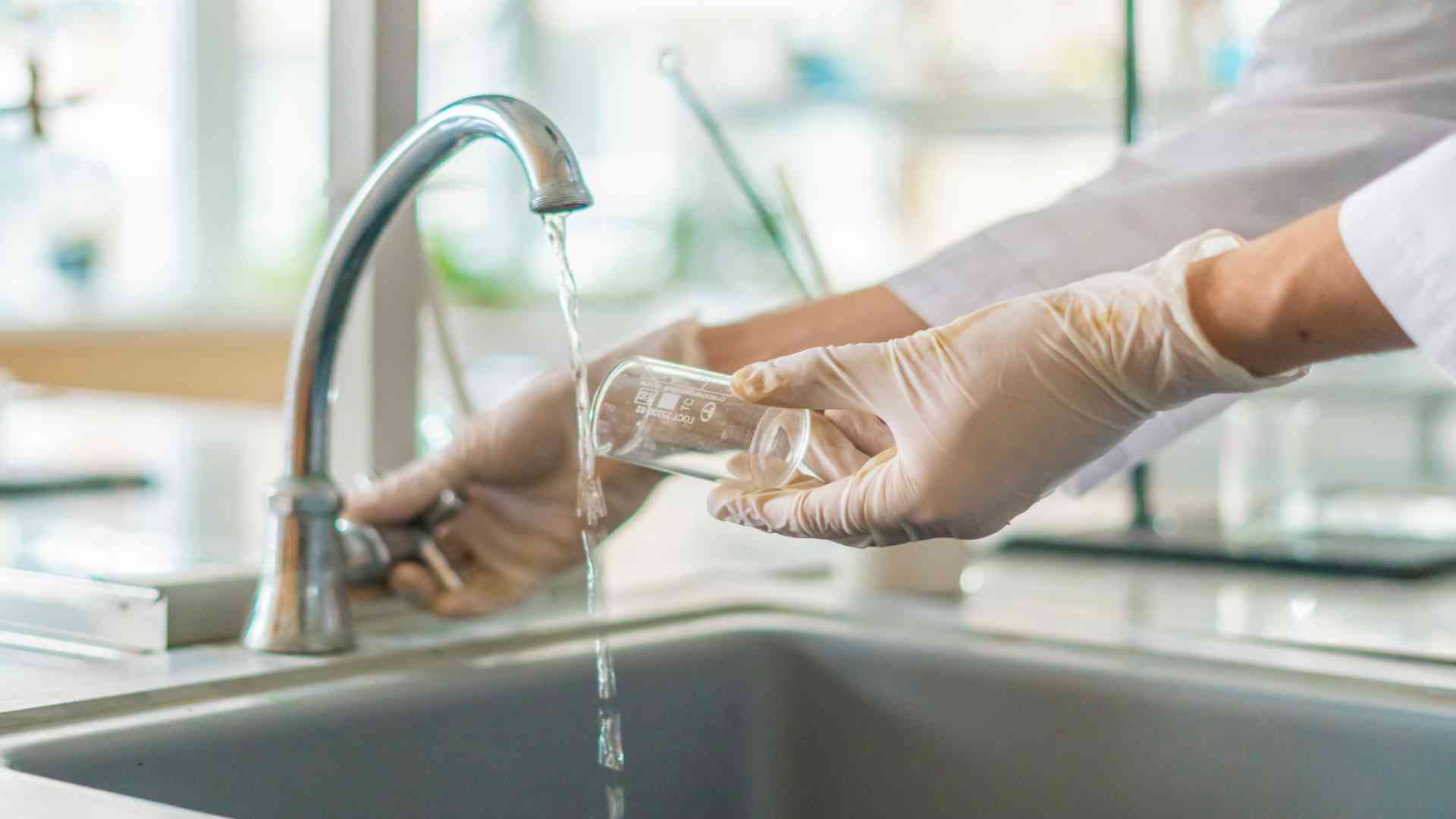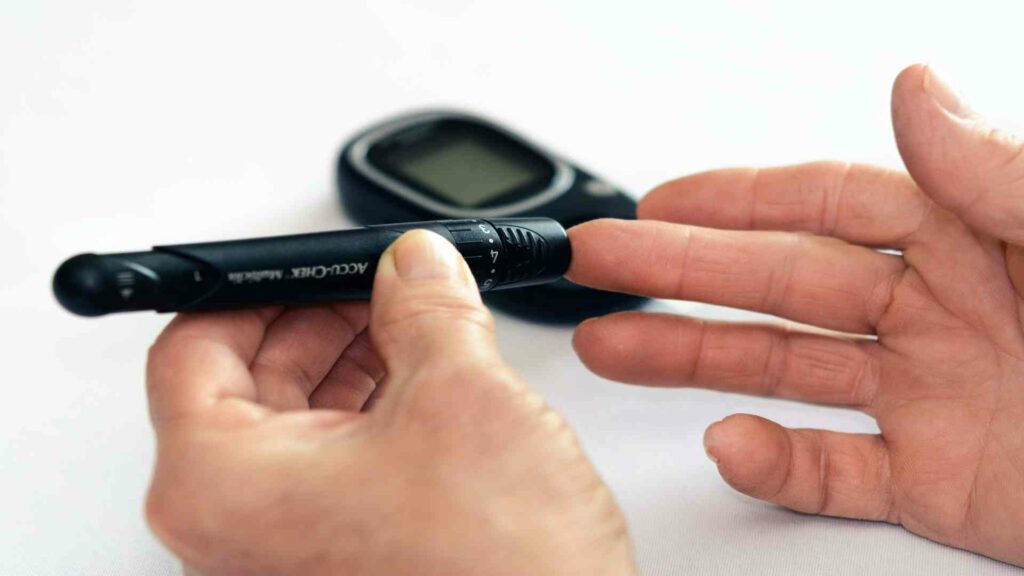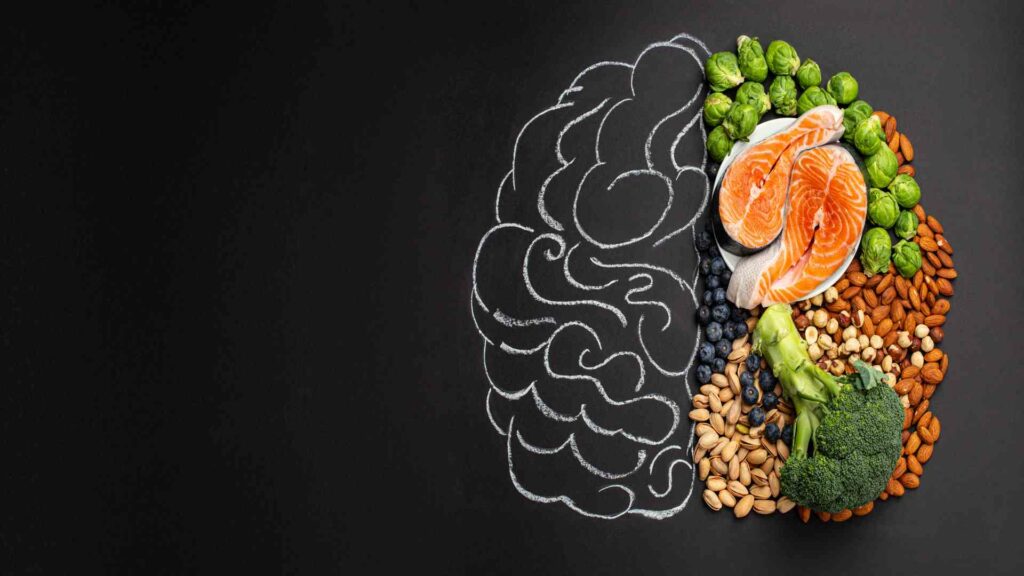Boron in Water
Boron is traceable in seawater and tap water and also in plentiful supply in the atmosphere so what do we need to know about the positive and harmful effects of boron in our water.

Boron in Water
How does Boron React with Water?
Boron does not react with water in normal circumstances, while this may not be the case with Boron compounds. The Boron trifluoride ethyl complex, for example, interacts with water to form diethyl ether BF3, which produces highly volatile gases. Water hydrolyzes several Boron compounds, including Boron Triiodide.
Boron: Water-Soluble or Insoluble?
Boron in water is dissolved as B(OH)3 (aq) or B(OH)4- (aq). Boron salts are generally water-soluble. Boric acid has 57 g/L water solubility, borax 25.2 g/L water solubility, and Boron trioxide has 22 g/L water solubility. With a water solubility of 2.4 g/L, Boron trifluoride is the least water-soluble Boron compound. Some Boron compounds, such as Boron nitrite, are completely insoluble in water.
Boron in Water – How Did it Get There?
Boron comes through both natural and man-made sources. It enters the environment by weathering Boron-containing rocks and soils, volcanoes, seawater spray, and geothermal ducts. Fossil fuel combustion, biomass burning, pesticide application, farming methods (e.g., irrigation), wastewater from sewage treatment plants and industrial manufacturing, and other human activities (e.g., incineration) are all man-made sources of Boron. The Boron level in seawater is around 4-5 ppm, river water at 10 ppm, seaweed at 8-15 ppm, and mussels at 4-5 ppm.
Detergents and fertilizers account for most man-made Boron that enters drinking water sources. However, man-made Boron inputs to natural environments are thought to be less than natural Boron inputs.
Out of 200 minerals containing Boron, the most common are kernite, borax, colemanite, and ulexite, accounting for more than 90% of all borates used in the industry globally. Boron concentrations in airtight soil range from 5 to 80 ppm. There are Boron-rich places like Fumaroles that contain Boric acid, Borates, and Boron minerals.
Borates and boric acids are used to produce glass, soaps, detergents, flame retardants, and nuclear reactor neutron absorbers. In medicine, both boric acid and borax are used in small doses. Boron’s neutron-absorbing properties are used to treat brain tumors (Boron neutron capture therapy).
In detergents, sodium perborate is used as a bleach. This finally results in the formation of borate, which is harmful to aquatic plants. Borates are used as softeners in water.
Other Boron compounds are used to manufacture glass, glass fiber, ceramics, and email. When Boron is added to glass, it becomes more solid and heat resistant, and glass fibers are used as insulation. Cleaning agents, batteries, illegal preservatives, and eye drops include Boron compounds. Borax, Boron oxide, and boric acid are the most important chemicals.
Boric acid and borax are widely used in fertilizers and pesticides. Impregnation and wood preservatives both include the element. Boron carbide and Boron nitrite are both used as abrasives.
Boron has a unique function in a polymer matrix. It is used to regulate nuclear reactors as a cooling agent in risky situations.
Boron has a molecular mass of 10.81g/mol and cannot be found in nature in its elemental form. Boron exists in water mainly as undissociated boric acid (H3BO4) and other borates (e.g., B(OH)4-). Boric acid has a molecular weight of 61.83 g/mol, is very soluble (49 g/L), has a low vapour pressure, and has a log Kow of 0.175. When dissolved in water or biological fluids, the chemical and toxicological properties of boric acid and other borates (e.g., borax) are expected to be identical on a molar Boron equivalent basis.
Boron Levels in Drinking Water
Health Canada suggests the maximum permissible Boron level in drinking water of 5 mg/L. At the same time, the World Health Organization recommends a Boron level of 2.4 mg/L in drinking water.
How Do I Know if Boron is in my Drinking Water?
The federal government does not regulate Boron in drinking water, and public drinking water systems are not required to test for this contaminant. Boron regulations or recommendations are in several states (California, Florida, Maine, Minnesota, New Hampshire, and Wisconsin), ranging from 0.6 to 1 mg/L.
To determine if monitoring is necessary for your state, contact your drinking water utility or the state drinking water program. If your state does not have a monitoring requirement, you can get your water tested by a certified laboratory to analyze similar compounds.
What Other Boron Sources am I Exposed To?
Seawater releases around 800,000 to 4,000,000 metric tons of Boron into the atmosphere, and industries that use Boron and Boron-containing products release about 180,000 to 650,000 metric tons of Boron into the environment. Boron concentrations in the air have been observed to range between 0.5 to 80 nanograms per cubic meter.
Boron is a mineral found in soil and is absorbed by plants. Fruits, legumes, nuts, vegetables, and grains naturally contain it. In the United States, Boron intake ranges from 0.85 mg B/day (4-8-year-old children) to 1.47 mg B/day (adult) (male vegetarian). Some people’s dietary intake might be as high as 5-6 mg per day.
Boron Levels in Drinking Water: What You Need to Know About the Risks
When Boron levels in drinking water exceed the One-Day and Ten-Day Health Advisory (3.0 mg/L) and the Longer Term Health Advisory (2.0 mg/L) for children, there is an increased risk of negatively affecting the testes.
The risk of possible effects on pregnant women’s fetuses and male testes grows as the level of Boron in drinking water exceeds the Longer Term Health Advisory and Lifetime Health Advisory for adults (5 mg/L). Doses that impact a pregnant mother directly are higher than those that influence the fetus.
There is no data available to determine whether pregnant women are more susceptible than non-pregnant women. Water with Boron levels above the HA should not be used to prepare infant and child meals.
Effects of Boron in Water on the Environment
Boron is a nutrient required by various species, and it plays a vital part in mitosis. This holds for green algae as well as several higher plant species. Among all the Boron compounds, Boric acid is the most absorbable.
Boron levels in plants range from 30-75 parts per million (dry mass). At quantities greater than 100 ppm, the toxic mechanism takes place. This may result in a reduction in agricultural output.
Grass plants may handle high levels of Boron, whereas pine species are particularly vulnerable. On the other hand, trees require a lot of Boron compared to other plant species. In soils, a tolerable Boron concentration is around 25 ppm.
High Boron concentrations in water, in the range of 10-300 mg/L, may be harmful to fish species. Borate is particularly harmful to aquatic plants. Vertebrates do not require Boron in their diet.
Boric acid is water-soluble to an extent, while Boron halogens are highly water-soluble. Boron is a moderate element that transforms slowly. As a result, it has the potential to spread quickly through the water.
Effects of Boron in Water on Human Health
The human body contains about 0.7 parts per million of Boron, which is not considered a nutritional requirement. It is a dietary requirement for plants; we get this element via food. It is recommended a daily dose of 2 mg. The amount of Boron in fruits and vegetables is well below the toxicity level.
The human body is affected by a daily intake of more than 5 g of boric acid, causing nausea, vomiting, diarrhea, and blood coagulation. Boron more than 20 g is fatal. Boric acid causes skin and eye irritation. Contact with Boron trifluoride on the skin can induce corrosion.
There is a link between the amount of Boron in soils and drinking water and the occurrence of arthritis in humans.
Techniques to remove Boron from drinking water
Boron levels can be reduced to less than 0.3 mg/L using the three different techniques.
- Boron-specific ion exchange resin
- Strong-base anion-exchange resin, and
- Reverse osmosis.
Before installing a home treatment system, check with the manufacturer to see if it can remove Boron from your water source.





